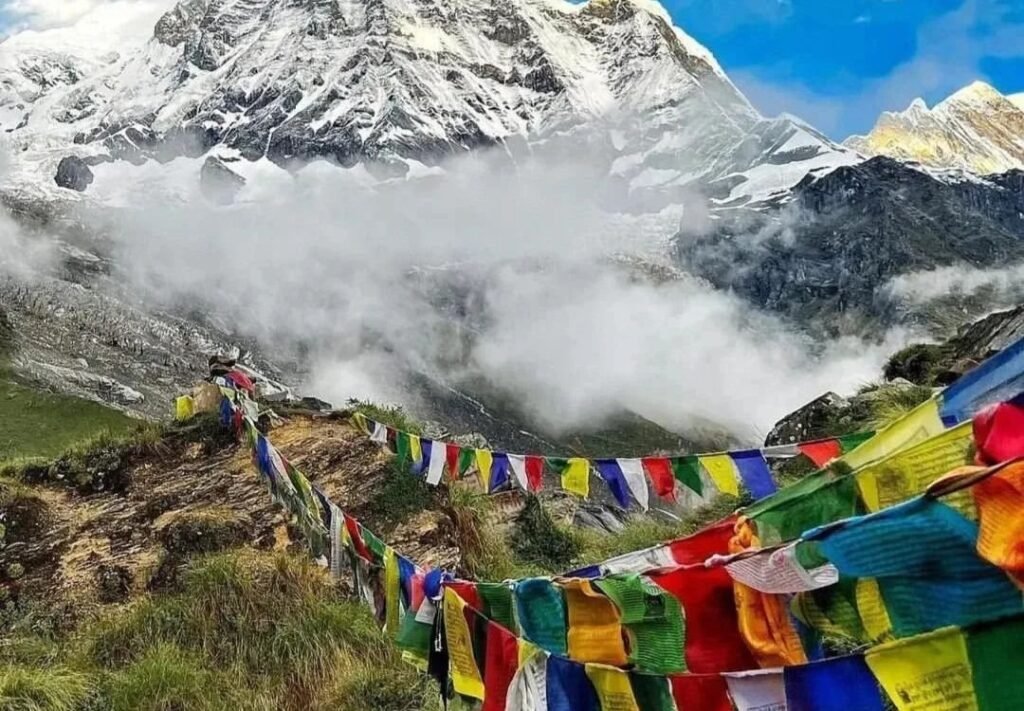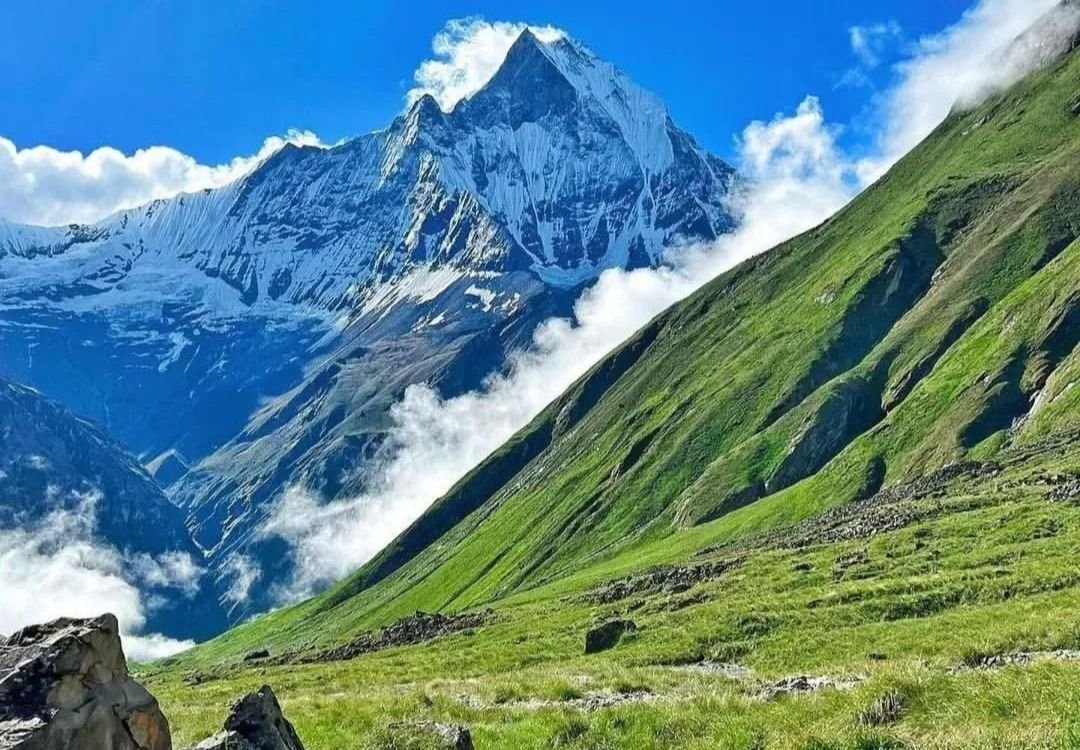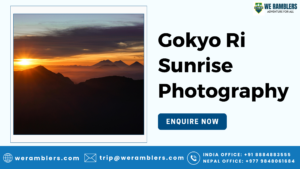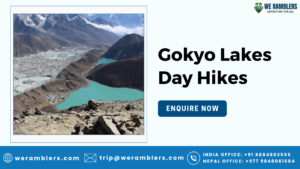Insurance for Annapurna Base Camp Trek: Everything You Need to Know
The Annapurna Base Camp Trek, also known as ABC Trek, is one of Nepal’s most iconic high-altitude trekking adventures. Nestled in the heart of the Annapurna Sanctuary, this stunning trail ascends to an altitude of 4,130 meters, offering breathtaking views of snow-clad giants like Annapurna I (8,091m), Machapuchare, and Hiunchuli. Typically lasting 7 to 12 days, the trek begins in Pokhara and winds through terraced villages, rhododendron forests, and glacial moraine.
Though rated moderate, the trek’s variable altitude, rugged terrain, and rapidly changing weather make it a demanding journey, especially for those without prior high-altitude experience. The Annapurna region attracts thousands of trekkers globally, drawn to its raw beauty and spiritual allure. However, the same allure comes with serious challenges that call for comprehensive insurance for Annapurna Base Camp Trek.
Why Do You Need Insurance for Annapurna Base Camp Trek?
Planning an Annapurna Base Camp Trek without proper insurance is a risky gamble. This isn’t your typical holiday. You’re heading into a remote, high-altitude environment where healthcare is sparse and evacuation is expensive. Most general travel insurance policies won’t cover trekking beyond a certain altitude or include provisions for adventure sports like multi-day hiking in the Himalayas.
Securing a trek-specific insurance plan that includes emergency evacuation, medical treatment, and high-altitude trekking coverage up to 6,000m is not just wise; it’s essential. From unpredictable weather to medical emergencies, having solid Annapurna Base Camp Trek insurance could save your trip, or even your life.
High Altitude Risks on the Annapurna Route
Trekking in the Annapurna Sanctuary involves significant altitude gain over a short duration, increasing your risk of Acute Mountain Sickness (AMS). Symptoms like headaches, nausea, and fatigue may seem mild at first but can escalate into life-threatening conditions such as High Altitude Pulmonary Edema (HAPE) or High Altitude Cerebral Edema (HACE) if untreated.
Since the ABC trek peaks at over 4,000 meters, travel insurance for Annapurna Base Camp must cover trekking at high elevations, ideally up to 6,000 meters, even though the trek itself doesn’t go that high. Why? Because rescue operations (especially helicopter evacuation) often operate from altitudes well above the base camp and fall under this coverage bracket.
Accidents and Injuries on the ABC Trail and The Importance of Having Proper Insurance
While the Annapurna region is generally safe, the terrain presents real hazards. Slippery trails, narrow ridgelines, stone steps, and icy patches can lead to sprained ankles, fractures, or worse. Recovery or evacuation in such cases can cost thousands of dollars, particularly if airlifting is required.
Many standard policies exclude injuries from “hazardous activities.” So, your best insurance for Annapurna Base Camp Trek should explicitly include trekking and adventure sports coverage to handle emergency situations on rough trails.
Illnesses During the ABC Trek
Trekkers often face gastrointestinal issues, dehydration, or viral infections due to changing diets, limited sanitation, and exposure to cold. Even a mild flu can be debilitating at 3,000+ meters. Clinics along the trail offer limited care and may be hours, or days, away from your current location.
This is where Annapurna Base Camp Trek insurance with coverage for emergency treatment and hospital stays becomes crucial. A good policy ensures that even minor ailments are treated promptly without derailing your entire trek.

Flight Disruptions and Baggage Loss During The ABC Trek
While the Annapurna Base Camp Trek doesn’t involve flying to a remote airstrip like Lukla, many international trekkers rely on domestic flights into Pokhara, which are prone to delays due to weather. A missed flight could set off a domino effect of delays, cancellations, and additional expenses.
Moreover, if your checked-in backpack containing gear like boots, jackets, or medications goes missing, replacing them in Pokhara or Kathmandu could be both difficult and costly. Quality Annapurna trek insurance plans should include trip interruption, cancellation, and baggage loss/delay coverage to help you recover both time and money.
What Your Annapurna Base Camp Trekking Insurance Must Cover
When selecting the best travel insurance for high-altitude trekking, check for these essential features:
- Emergency Medical Evacuation (Helicopter Rescue): This is non-negotiable. Air evacuation in Nepal can cost between $3,000 to $10,000.
- Altitude Coverage: Policies should cover trekking up to 6,000 meters even if your trek goes to just over 4,000m.
- Hospitalization & Medical Costs: Look for policies that offer coverage of at least $100,000 USD.
- Trip Cancellation/Interruption: Helps you recoup prepaid expenses if illness or disruption occurs.
- Adventure Sports/Trekking Inclusion: Must explicitly state coverage for trekking activities.
- Lost or Delayed Baggage: To replace gear or essentials mid-journey.
- Optional Add-ons: COVID-19 coverage, emergency dental, or accidental death and dismemberment (AD&D).
Recommended Insurance Providers for Annapurna Base Camp
Here are some reliable travel insurance companies that offer solid coverage for the Annapurna region, including trekking insurance up to 6,000m:
- World Nomads
Covers trekking up to 6,000m with emergency evacuation and adventure sports coverage. Popular with international backpackers and easy to buy online.
- Global Rescue
Specializes in field rescue and evacuation. Offers memberships rather than traditional insurance, excellent for remote areas.
- IMG Global (Patriot Travel Medical Insurance + Adventure Sports Rider)
Comprehensive international coverage, including medical and evacuation services. Add-on required for adventure activities.
- Allianz Travel
Offers trip cancellation and medical insurance options, but be sure to confirm altitude-specific coverage.
- Seven Corners
Customizable coverage for altitude and adventure. Solid customer service and reasonable premiums.
- Travel Guard (AIG)
Offers robust plans with optional coverage for adventure travel and emergency services.
- Alpenverein (Austrian Alpine Club)
Popular among European trekkers. Covers high-altitude trekking, rescue, and includes annual membership benefits.
- Adventure Care
Focuses on adventure travelers with options for helicopter rescue and high-altitude insurance.
- ASC360 (Asia-based)
Affordable and effective coverage tailored for Himalayan trekking.
Important: Always read the fine print, especially altitude limits and exclusions.
Typical Insurance Cost for Annapurna Base Camp Trek
Travel insurance for Annapurna Base Camp Trek is quite affordable, especially when compared to the potential costs of emergencies. Add-ons like adventure sports or high-altitude coverage may cost extra, usually around 10–20% more. It’s a small price for peace of mind.
Tips for Choosing the Right Annapurna Base Camp Trek Insurance
Before finalizing your policy, keep these pro tips in mind:
- Confirm Altitude Limits: Ensure the policy clearly includes coverage up to 6,000 meters.
- Check for Evacuation Clause: Verify if helicopter rescue is included and under what conditions.
- Disclose Pre-existing Conditions: Many claims are denied because of undisclosed medical history.
- Purchase Before You Travel: Many insurers won’t cover events that occur before the policy is active.
- Read the Fine Print: Pay attention to exclusions, especially for solo trekking, mountaineering, or use of crampons.
- Keep Copies Handy: Carry printed and digital copies of your insurance documents on your phone and in your pack.
Why Choose We Ramblers for Your Annapurna Adventure?
At We Ramblers, we’re not just trek organizers, we’re your safety-first partners in the Himalayas. With decades of experience guiding trekkers through the Annapurna Base Camp and other high-altitude regions, our team ensures you’re fully prepared, insured, and supported throughout your journey. From permit assistance to emergency evacuation coordination, we’ve got your back, every step of the way. Contact us today to get full trek details.





